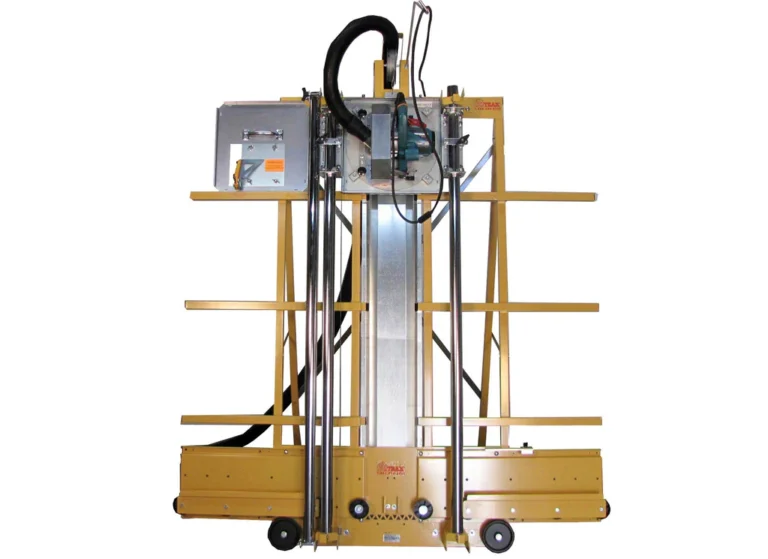
A swimming pool is a wonderful backyard addition, providing relaxation, recreation, and aesthetic appeal. However, nothing can be more frustrating than discovering a leak in your pool. Even a small leak can lead to significant water loss, increased utility bills, structural damage, and maintenance headaches. The key to mitigating these issues lies in identifying the causes early and knowing what signs to look for. In this article, we’ll explore the top five causes of pool leak detection services los angeles and offer expert tips on how to detect them before they become major problems.
1. Plumbing Issues
Cause:
One of the most common sources of a pool leak lies in the plumbing system. Underground pipes that carry water to and from the pool can crack or shift due to soil movement, aging, or poor installation. Return lines, suction lines, and backwash lines can all be culprits.
How to Spot It Early:
- Unusual Water Loss: If your pool’s water level drops more than 1/4 inch per day (without evaporation), you may have a plumbing issue.
- Wet Spots in the Yard: Check the area surrounding your pool for soggy spots or unusually lush grass, which can indicate a leaking underground pipe.
- Air in the Pump Basket: If you notice air bubbles returning into the pool from the jets or find air in the pump, a suction-side leak is possible.
Pro Tip: A professional pressure test can accurately identify leaks in your plumbing lines.
2. Structural Cracks in the Pool Shell
Cause:
Cracks in the pool’s concrete or fiberglass shell can result from ground movement, temperature changes, poor construction, or natural aging. These cracks may allow water to slowly seep into the ground.
How to Spot It Early:
- Visible Cracks: Inspect the pool’s walls and floor for hairline cracks, especially near corners or steps.
- Dye Test: With the pool pump off, use a leak detection dye (available at pool stores) near suspected cracks. If the dye gets pulled into a crack, it’s a leak.
- Water Level Drop During Use: If the leak worsens when the pool is in use or during heavy swimming, structural stress may be increasing the crack’s size.
Pro Tip: Not all cracks are leaks, but all should be evaluated by a professional.
3. Pool Skimmer Leaks
Cause:
The skimmer is a crucial component that filters debris from the water’s surface. Over time, the point where the skimmer meets the pool wall (the skimmer throat) can develop cracks or become detached, causing leaks.
How to Spot It Early:
- Water Loss Stops Below the Skimmer Line: If you stop filling the pool and the water level drops to just below the skimmer and then stops, the leak is likely in or around the skimmer.
- Dye Testing: Use a dye test around the skimmer box to check for suction into cracks.
- Loose Skimmer Body: If the skimmer shifts when touched, the seal may be broken.
Pro Tip: Skimmer leaks are common but often easy to fix with specialized pool epoxy or a professional patch.
4. Faulty Pool Equipment and Fittings
Cause:
Equipment such as the pump, filter, heater, and chlorinator, along with their fittings and seals, can develop leaks due to wear and tear, age, or incorrect installation. These leaks often occur above ground, making them slightly easier to diagnose.
How to Spot It Early:
- Visible Drips or Sprays: Inspect the pump area and all fittings when the pool equipment is running. Look for moisture, puddles, or spraying water.
- Wet Equipment Pad: If the equipment pad stays wet long after the system is turned off, a leak is likely.
- Drop in Filter Pressure: A noticeable drop in the filter’s pressure gauge can sometimes signal a leak in the system.
Pro Tip: Regular maintenance and replacing worn gaskets or O-rings can prevent leaks before they begin.
5. Leaky Pool Lights and Return Jets
Cause:
Both pool lights and return jets are embedded into the pool wall and can develop leaks around the housing or conduit. Over time, seals can degrade, or conduit pipes can crack, allowing water to escape into the surrounding soil.
How to Spot It Early:
- Dye Testing Around Fixtures: Turn off the pump and gently squirt dye around the light housing and return jets. If it gets sucked into the housing, there’s a leak.
- Water Loss Stops at Light Level: If the water level consistently drops to the same level as the light fixture, this could be the source.
- Corrosion or Rust Stains: Signs of rust or corrosion around the fixture could indicate a moisture issue.
Pro Tip: Pool light leaks should always be addressed by professionals due to electrical safety concerns.
Bonus: How to Confirm a Leak
If you suspect a leak but aren’t sure, try the Bucket Test:
- Fill a bucket with pool water to about 1 inch from the top.
- Place the bucket on a pool step, ensuring the water level inside matches the pool’s level.
- Mark both levels with a waterproof marker or tape.
- Run the pool as normal for 24 hours.
- Compare the levels. If the pool water drops more than the bucket, you likely have a leak.
Final Thoughts
Pool leak repair Los Angeles are not only frustrating but potentially expensive if left unchecked. By understanding the top causes—plumbing issues, structural cracks, skimmer leaks, equipment failure, and fixture problems—you can stay one step ahead. Regular pool inspections, dye tests, and paying attention to water levels can help you catch leaks early, saving time, water, and money in the long run.
If you suspect a leak and can’t pinpoint the cause, don’t hesitate to call a licensed pool technician. Early intervention is always the best cure when it comes to protecting your backyard oasis.






